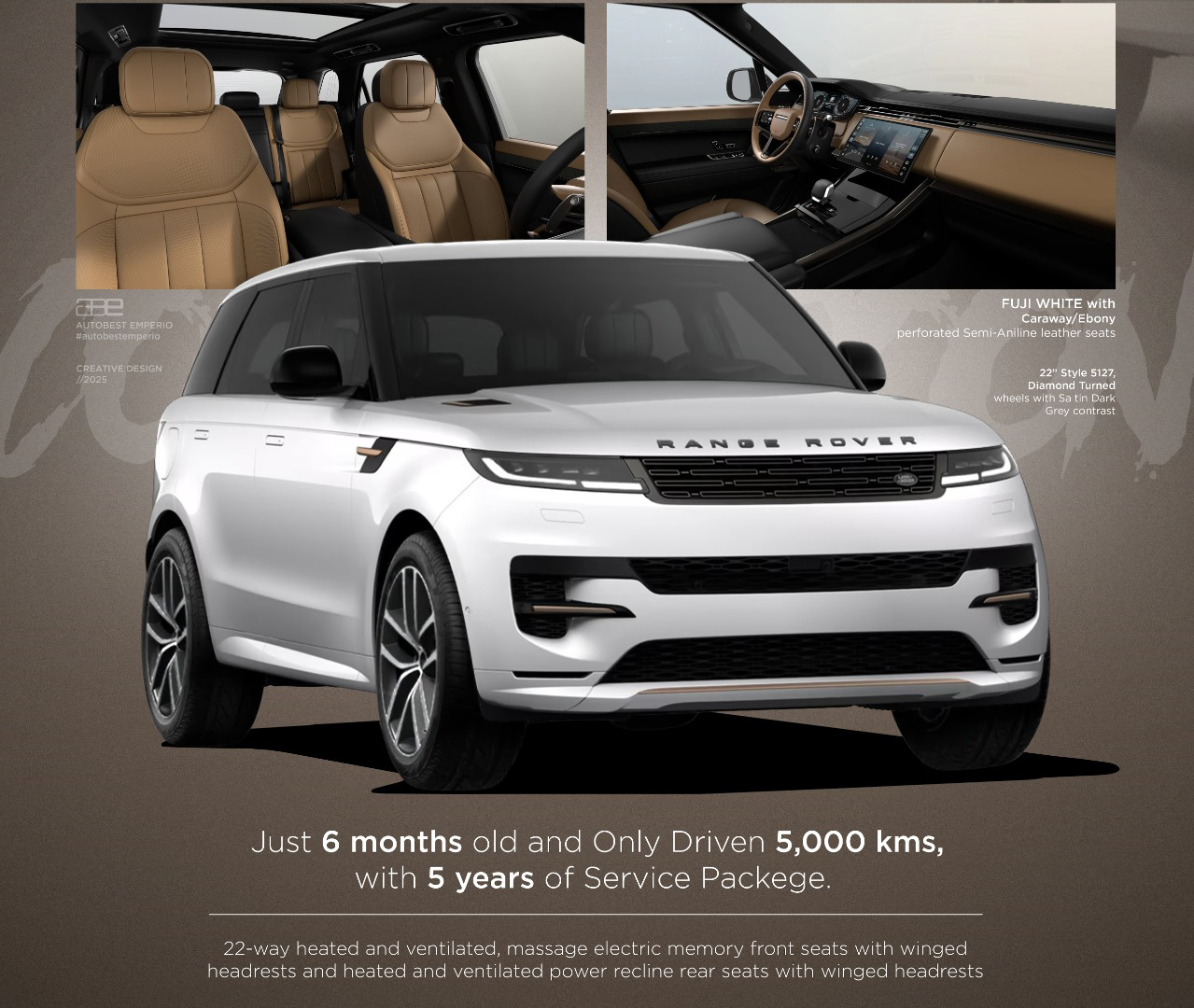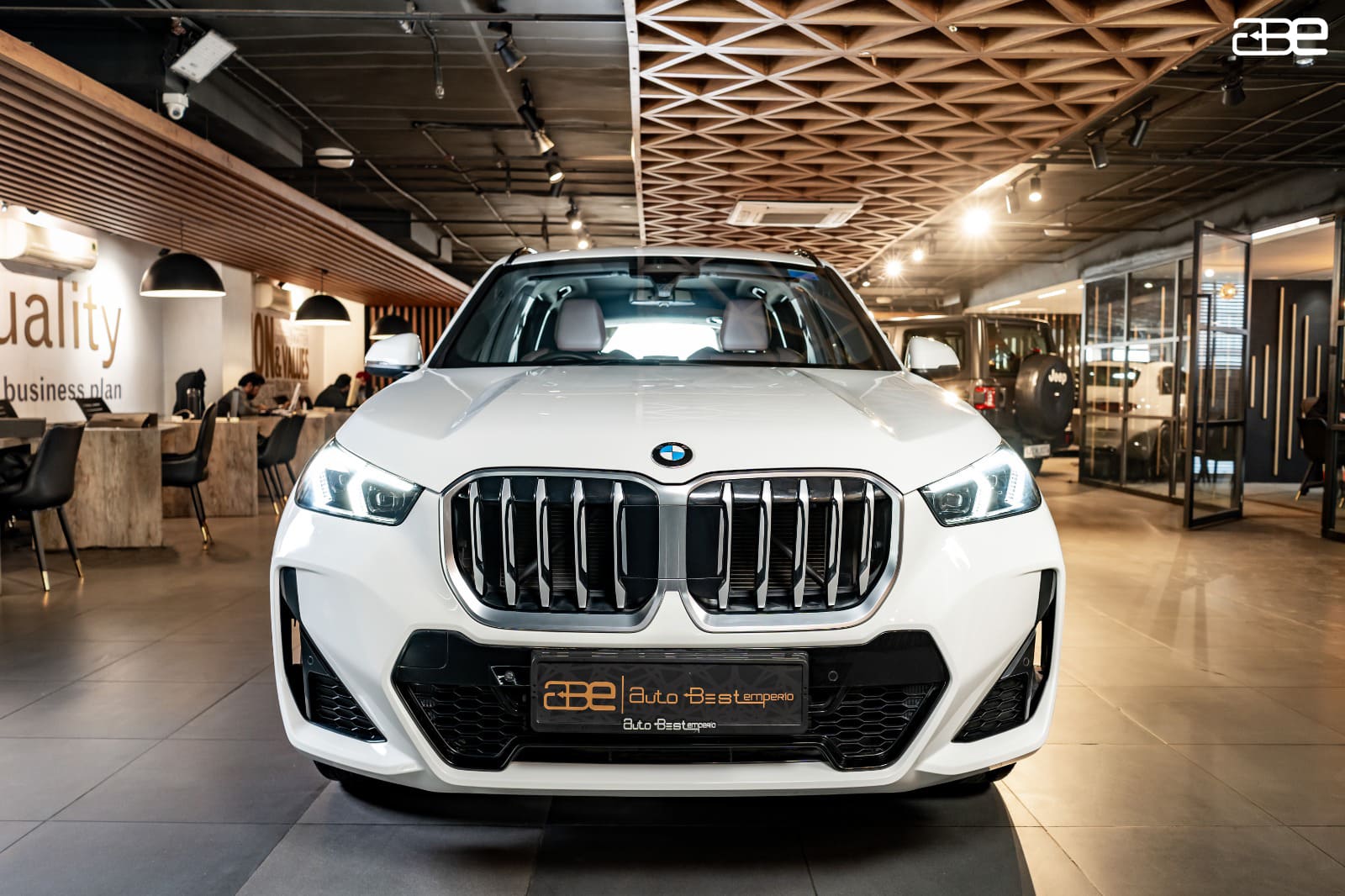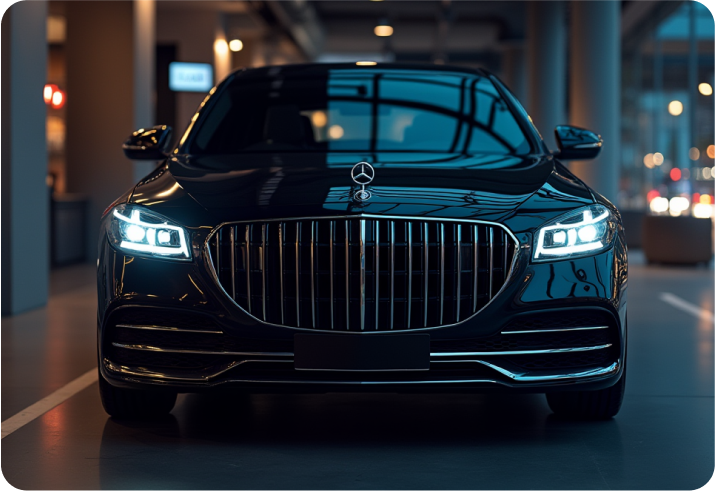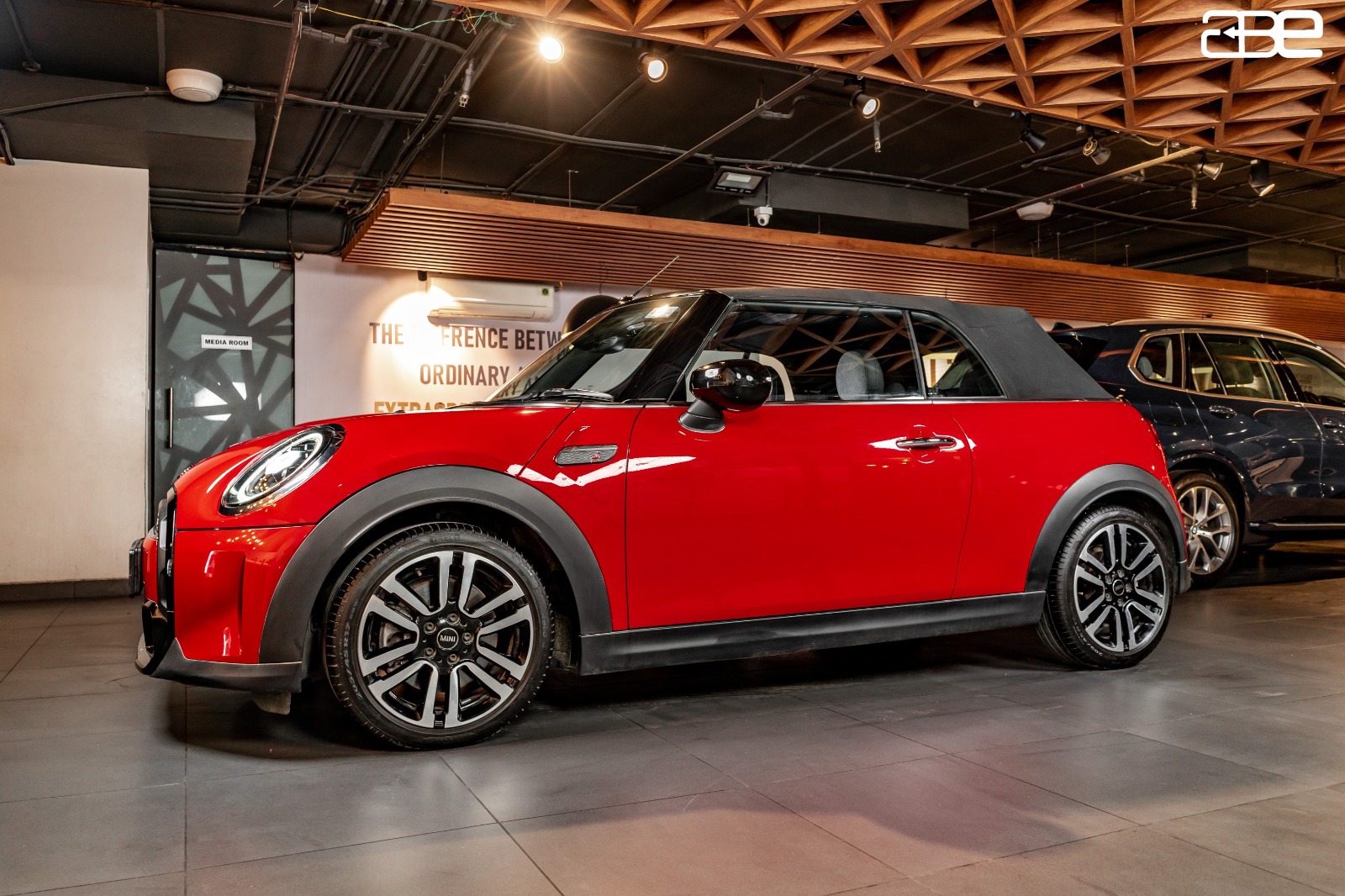Benefits Of Traction Control System - How it works?
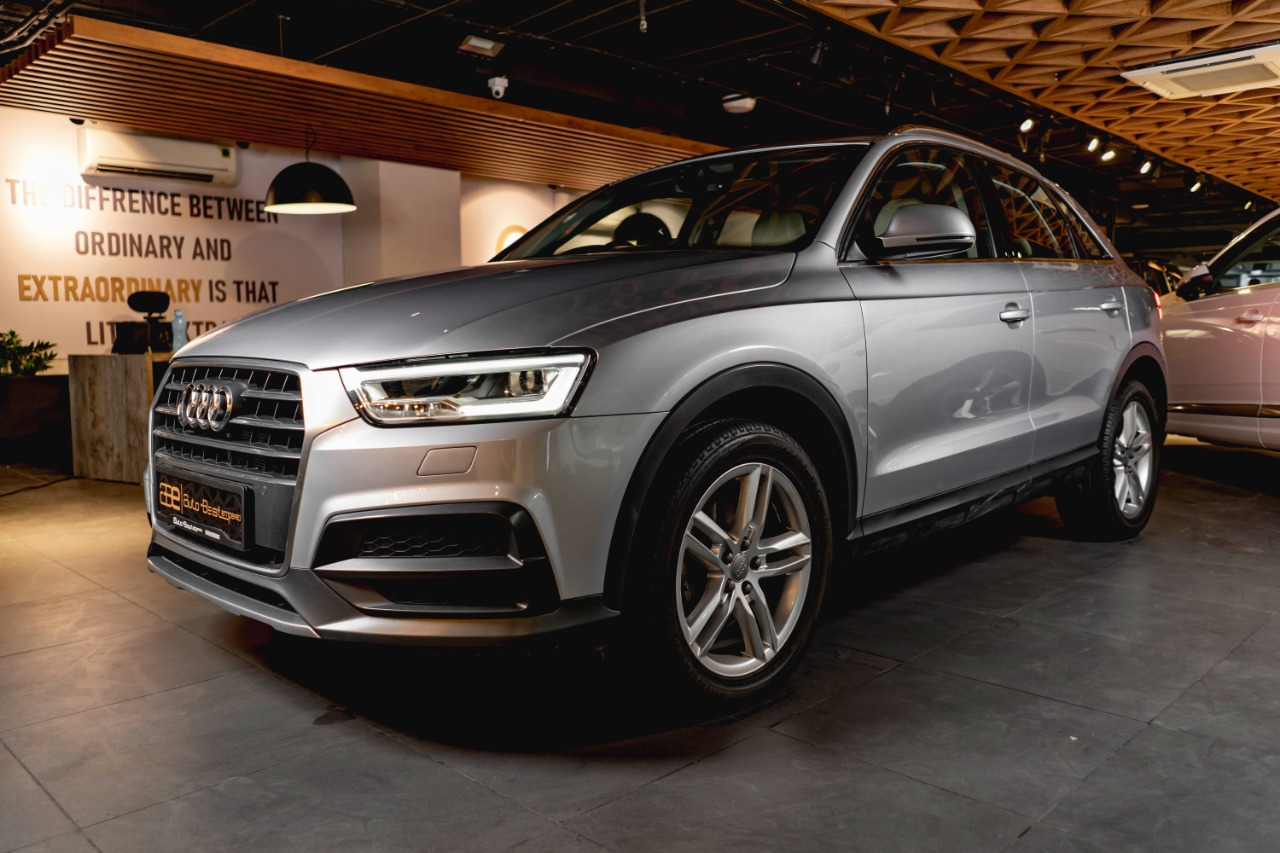
Introduction
In terms of physics, friction is the main force that affects how vehicles move on roads. In fact, without friction, vehicles would neither be able to move nor stop. The absence of this force on snowy or wet roads mainly causes tire slips and accidents. We don't see vehicles slipping or colliding with each other only because friction is at work. But there is another reason why slipping or collisions don't happen: our vehicles’ Traction Control System (TCS). Besides the differential, the traction control system assists us with making smooth turns on curves of roads.
Without friction and the traction control system, the rear wheels of vehicles would be out of control, and we would get off-road all the time. Now that you know something about the Traction Control System in vehicles, you must wonder how these systems work and help vehicles stay on track. Keep on reading further to understand the meaning and mechanism of the TCS in vehicles.
What is the traction control system in the car? Know the uses of traction control?
If you are wondering what does traction control do, then let us tell you: When there is a loss of traction among the car's wheels, the traction control system (TCS) notices it. The technology immediately applies the brakes to the wheel that is losing its grip on the road or reduces the engine power to the wheel that is slipping. A dangerous scenario could arise if the car's wheels lose their hold on the road and become unsteady. Rainy and snowy conditions are common places for this kind of traction loss to happen. Thus. if you are thinking, is traction control necessary, then our answer will be Absolutely Yes!
What are the uses of traction control systems?
Even in non-hazardous situations, traction control should be maintained. The default setting when you start your automobile is on. The safety feature can be disabled, however you rarely need to. However, when driving in situations such as severe rain, snow, or ice, traction control needs to stay engaged. Having traction control will significantly impact your ability to stay safe.
When driving around curves in bad weather, traction control might be helpful. Losing traction might also occur by making a sudden turn on a safe, solid surface. Even on slippery or rainy conditions, having traction control can mean the difference between staying on the road and having a car crash from skidding.
Thus, in situations where there are dangerous road conditions, it is advisable to keep your traction control on. Furthermore, we advise leaving it on just to be safe—unless there are really rare circumstances in which you should turn it off—even if the weather doesn't seem dangerous.
When To Turn Off Traction Control?
To use this crucial safety feature, you should always leave your traction control on. On the other hand, in highly unusual situations, you need to disable the traction control momentarily. Here are some of the situations where traction control can be turned off:
Your car's traction control is making it difficult for you to drive because you are in an area where tyres must have chains.
Your vehicle gets stuck in extremely deep snow, sludge, or another substance from which it cannot escape on its own. You can drive out faster if you turn off traction control while you shake your car.
What are the benefits of Traction Control?
Improved safety:
Traction control works to prevent wheel slipping, especially on slippery monsoon roads. It also helps accelerate up a slippery or steep hill and provides better control over your car.
Increased control:
Traction control is an active safety feature in a car that works by limiting the number of times your wheel spins and making you stay connected to the surface you are driving on. This gives the driver more control over the car and its movements.
Improved fuel economy:
As car traction control reduces wheel spinning, it prevents excessive power loss and thus helps reduce fuel consumption and emissions.
How does traction control work in different driving conditions?
The traction control system detects when a car wheel is losing its grip and slips on the road. This can happen while taking a turn on a sudden curve, driving on wet slippery roads such as during the monsoon, driving up a steep hill or driving down it or driving on icy roads during a snowstorm. All these could be potentially dangerous situations that can cost you your life if you do not have a functional traction control system in car. If you are wondering what does traction control do during these conditions, it just limits the number of times your car wheels can spin, which helps them obtain a better grip over the road surface and prevent them from slipping due to continuous rotation.
The Different Types of Traction Control Systems
You have read about what is traction control system, and how it provides a safe driving experience for you. Now you can understand the different types of traction control:
-
Brake traction: This type of traction helps slow down the car by causing friction in the braking system. The friction provides traction and prevents slipping. When the calliper presses against the piston, traction results and causes the piston to press against the brake pads, which adds friction to the wheel and stops it from turning.
-
Anti-Lock Brakes: It helps prevent brakes from applying traction to the tires to such an extent that the tires stop spinning.
-
Tire traction: Tire traction allows the cars to stay in one place instead of sliding when the car is in a parked position.
Also Read: How to maintain your car tyre?
How to drive with traction control on and off?
Traction control is automatically turned on when you start your car unless you press the button to turn it off. There is a button with an image of a car sliding down a curved road, which once you press, the traction control will be turned off. You will notice a slight difference while driving on a normal road with traction control turned off.
Your vehicle handles differently and there are chances of your car slipping or hydroplaning. This is why you should always drive with your traction control switched on at all times. However, in certain conditions such as when you're stuck in mud, sand, ice or snow, you should turn off your traction control and drive normally.
What do traction control and tire slip mean?
The name “traction control” or “traction control system” is in itself quite self-explanatory. The Traction Control System (TCS) is mainly responsible for controlling the traction of a vehicle, that is, the wheels of the cars on the road, individually. But how can we define traction? In simple terms, traction can be described as the grip of any tire on the road. Traction is the friction between the road surface and vehicle wheels in scientific terms. Scientifically, traction is nothing but an instance of friction. It also has a specific formula. However, that is not important if you want a general understanding of traction.
However, what is essential to understand is that according to the formula of traction in physics, it is dependent on two factors- the mass or weight of the vehicle, which is denoted by ‘m’ and the coefficient of friction. While the vehicle’s weight always remains constant, the coefficient of friction changes depending on which surface the car is being driven on. This also affects the amount of traction that a vehicle gets.
Besides the tractive forces, two forces act on vehicle tires, namely, lateral force and longitudinal force. The longitudinal force is the force that is caused by the torque applied on the tires by the engine. The lateral force plays a role when vehicles make turns. Tires slip when the combination of longitudinal and lateral force exceeds the total tractive force. In addition, tires slip because of the loss of traction between the road and the tires. The driver loses control of the vehicle, which starts spinning and gets propelled off the road.
Also Read: When to change your car tyre?
Why was the traction control system introduced?
In the past, when drivers lost control of the vehicle, they would simultaneously brake and accelerate to gain traction in case of a tire slip. But this method was found to reduce the life of tires. That is why the traction control system (TCS) was introduced. The TCS helped maintain wheel traction and avoid sleeping tires on roads, thus allowing safe driving experiences even on wet or snowy roads and while making turns. Now let’s find out how the traction control system works.
How does the Traction Control System (TCS) work?
The Traction Control System only slows the slipping tire to regain control on the road surface. The TCS does this in either of the two ways. Firstly, it may apply brakes to that tire. Secondly, it reduces the power delivery to the slipping tire. You must note that the TCS does not have any hardware of its own. Instead, it borrows the hardware of the ABS or the Antilock Braking System and functions. The control module of the Traction Control System is present within the ECU or Electronic Control Unit of cars.
Delving further into the working of the TCS, a sensor monitors each tire and, as a result, the rotational speeds. The data from this sensor is then fed to an onboard computer (ECS) which compares the individual tire speeds and checks if there has been any sudden increase in the speed of any tire. If a tire slip is detected, the control module of the TCS sends a signal to the ABS or specifically to the hydraulic brake modulator so that brakes may be applied to the slipping wheel.
Conclusion
It is recommended that you always keep your traction control engaged to have a safer driving experience every time. However, it must be noted that turning off the traction control system would prove more beneficial in some situations. One such situation can be described as when your vehicle gets stuck in snow, mud or ice. In such a situation, the tires would need extra power to get out of the tight spot, but the TCS may be preventing this. In this situation, turn off the TCS. Restarting your car again after your tires are freed would reactive the TCS and allow you to drive safely again.
It is commonly seen that luxury cars have the best traction control due to the latest technology and material. Some people choose used luxury cars to get the best driving experience.
FAQs For Traction Control
How to turn the traction control on and off?
To turn the traction control off, press the button with a yellow light and an image of a car slipping down a curved road.
Common problems with traction control
Problems develop most commonly with the wheel speed sensors, which are supposed to sense when the car wheels are losing control. Some other problems include a highly sensitive system, false warning lights due to dirt and debris on wheels and faulty sensors.
How to maintain your car's traction control system
The traction control system does not require much maintenance, only cleaning the dirt and debris around your wheels every once in a while and getting your traction control checked if you notice a problem is the best way to maintain it.
Tips for driving safely in slippery conditions
The best tip is to never turn off your traction control during these slippery conditions.
When should I turn the traction control on or off?
You can turn the traction control off when you are stuck in mud, sand, snow or ice. At all other times, you should drive with traction control on.
What happens if I lose traction?
Losing traction can lead to hydroplaning, slipping of the car from a road or serious automobile accidents, especially during the rainy seasons.
What are some of the signs that I am losing traction?
Slipping or excessive turning of the wheels of the car would tell that your traction control isn't working.
More Blogs To Read
An Overview of electronic stability control
Best Cars And Suspension For Off-Road

 By Admin
By Admin




